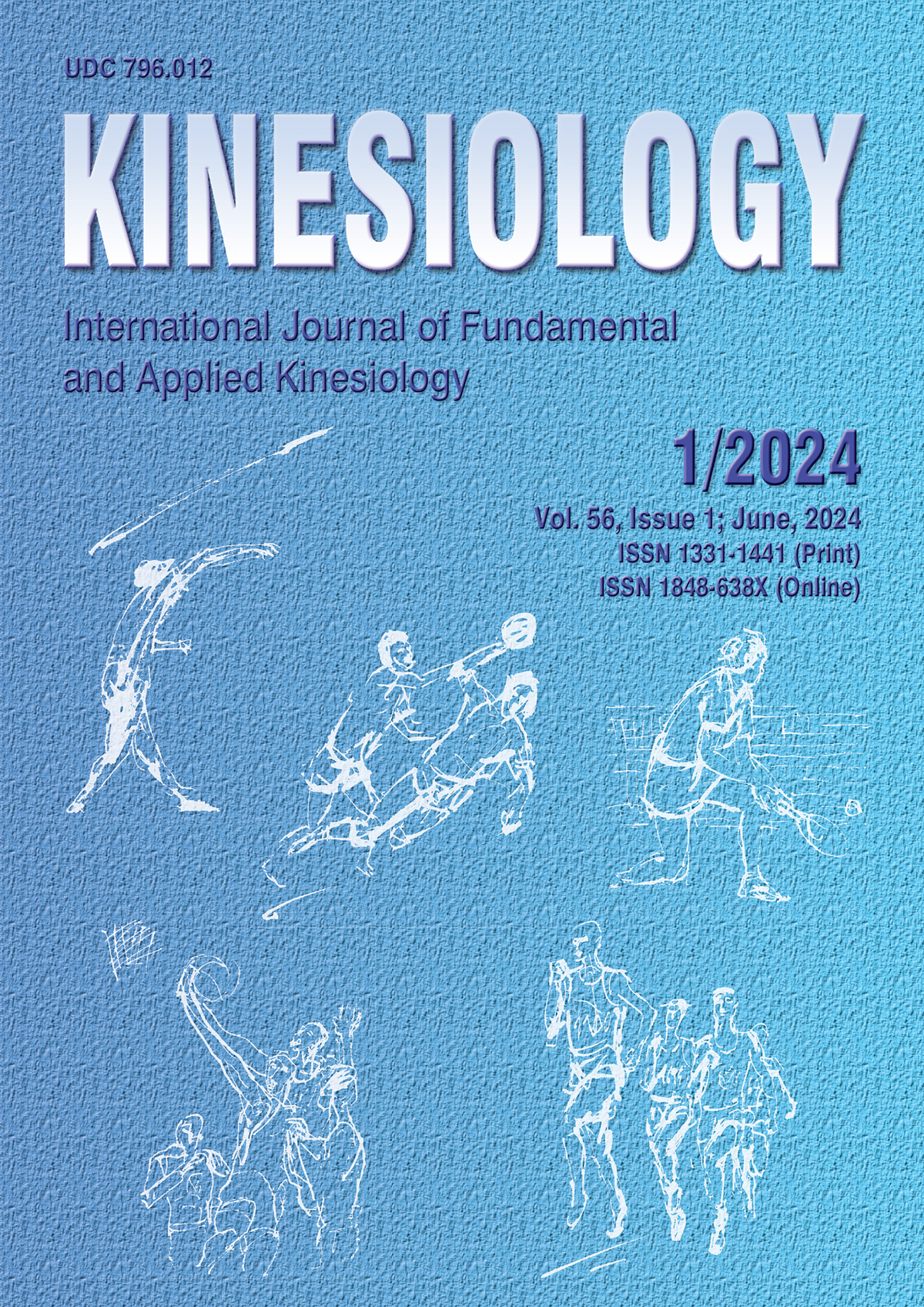ARE AEROBIC CAPACITY, ANAEROBIC THRESHOLD, AND RESPIRATORY COMPENSATION VALUES DETERMINANTS FOR THE TIME OF USEFUL CONSCIOUSNESS AT 25000 FEET?
Keywords:
effective performance time, oxygen consumption, hypoxia, aviationAbstract
The higher the altitude, the higher the risk of hypoxia exposure. Good fitness status or aerobic capacity (AC) of persons with the military or civil aviation sector and those interested in high altitude sports have been thought of great importance to encounter hypoxic risk. It is unclear whether a difference in maximal oxygen consumption (VO2max) capacity would result in differential tolerance in hypoxia responses. The present study aims to determine the relationship between AC, anaerobic threshold (AT), respiratory compensation (RC), and time of useful consciousness (TUC) of people working in the military or civil aviation sector and those interested in high-altitude sports. Eighty-seven healthy males were recruited on a volunteer basis (age = 24.2 ± 1.6 years; height = 177.0 ± 5.1 cm; weight = 76.4 ± 8.1 kg). The 25000 feet test was applied to the participants in the hypobaric chamber. During the test, participants’ TUC levels were recorded. The Bruce protocol was used for the VO2max test, and the maximal oxygen consumption value, AT, and RC regions were recorded. Participants were divided into four groups according to their VO2max values. AT and RC values were higher in the group with high VO2max, although not significant (p>.05). There was no statistically significant difference between the TUC levels of the groups. There was no statistically significant difference between the groups’ TUC level, peripheral oxygen saturation (SpO2), and heart rate levels (p>.05). The results clearly show that there is no significant relationship between VO2max determined on the treadmill with a gas analyzer and TUC determined in the hypobaric chamber at 25000 feet. For future studies, the relationship between anaerobic capacity and hypoxia or studies in which different physical and physiological characteristics are evaluated together in the same participants may contribute to the literature.
Keywords: effective performance time, oxygen consumption, hypoxia, aviation
Downloads
Published
How to Cite
Issue
Section
License

This work is licensed under a Creative Commons Attribution-NonCommercial 4.0 International License.
At Faculty of Kinesiology we recognize that access to quality research is vital to the scientific community and beyond. Kinesiology is non-profit journal and all costs of publishing and peer review process are covered by the publisher itself or other funding sources like Ministry of Science and Education of the Republic of Croatia. Full text papers are also available free of charge at http://hrcak.srce.hr/kineziologija. There are no restrictions on self archiving of any form of paper (preprint, postprint and publisher's version).
Articles are distributed under the terms of the CC BY - NC 4.0
Kinesiology does not charge any fees to authors to submit or publish articles in our journal.


